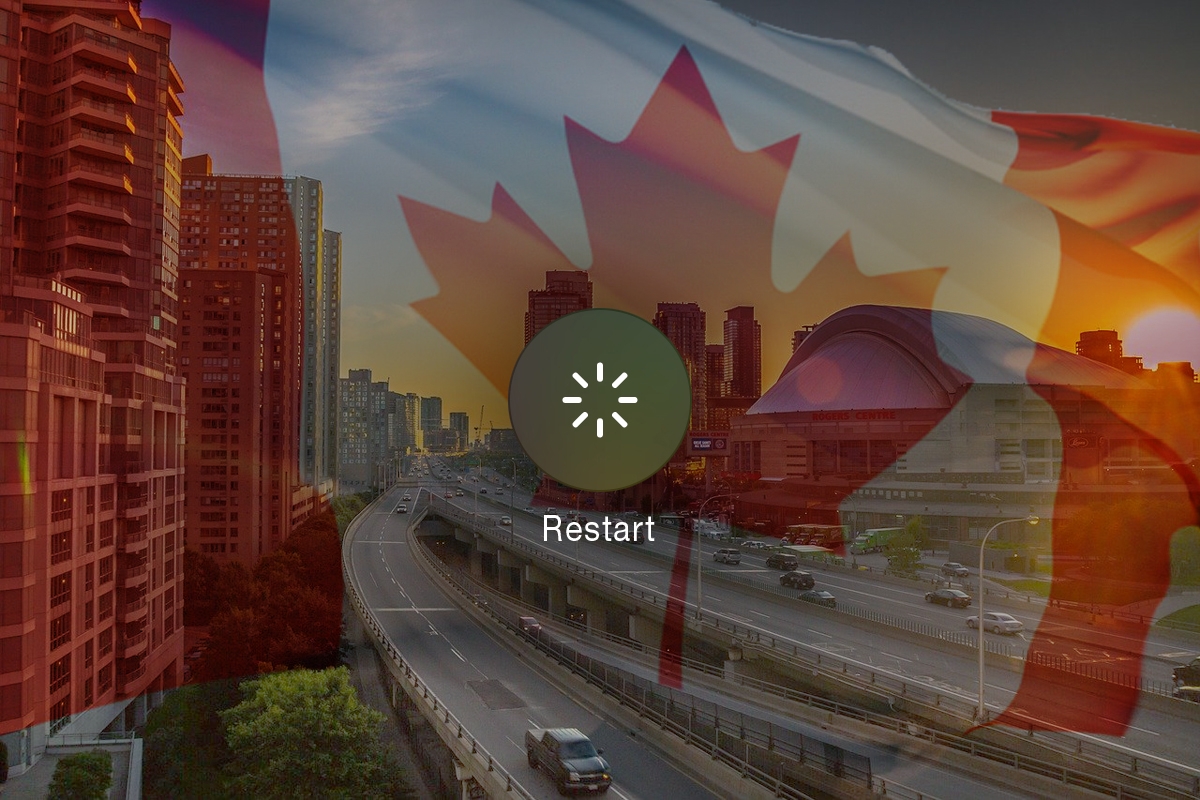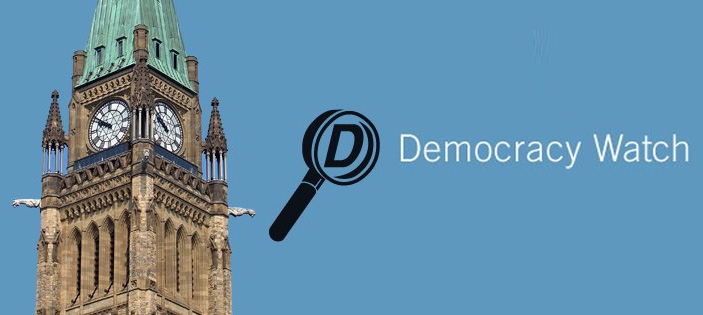
Lifting restrictions before it is time may cost lives
George Petrolekas
Like castaways over the past six weeks, isolation has created in us the marooned an overwhelming desire to return a sense of normalcy. Beyond people’s everyday lives the restart of the economic engines of the country is at stake. So, there are three issues; when do we relax isolation measures, how do we relaunch the economy and in doing so, anticipating what will the new normal look like. For certain, it will not be like transporting back to mid-February with everything returning as it once was and so the need for deep reflection.
As it has become increasingly clear, if Canada had acted faster in imposing travel bans, mandatory quarantines, and subsequent isolation measures; the virus would have had a lesser impact on Canada. The paradox now lies in that relaxing measures too quickly would have same effect as having acted too late. We shouldn’t double down on our earlier errors — this isn’t a race to be first out of lockdown.
From lockdown to a progressive lifting of restrictions is approximately 70-75 days. Those dates are based on the Wuhan lockdown, the Italian measures, and New Zealand’s experience. That would put the target dates for Canada’s reduction in restrictions in a range between 14 May and the end of May.
Singapore is a case study for what happens if controls are lifted too quickly, from a model of containment, a premature relaxation of isolation has led to an explosion of new cases from 266 cases on 17 March to now over 5,900.
So, in relaxing restrictions, some containment measures must endure. Restrictions will vary according to respective circumstances and regions, but the main aim must be to avoid a second wave which would cripple an already damaged economy. We should expect varying degrees of distancing measures, restrictions on travel, and masking protocols. But above all, as we are still discovering new characteristics daily about this virus and how it behaves — widespread and frequent testing especially in workplaces, until we know for certain about immunity and for how long that immunity lasts.
In restarting the economy however, Canadians should realistically expect to find a landscape utterly different than before the virus. Unemployment for example will be at a high rate simply because, some jobs will not immediately recover.
The oil and resources industries will struggle to return to normal as global consumption will not rise rapidly or overnight, an issue compounded by the price/supply war between Saudi Arabia and Russia. People will fly again, but nowhere near the volumes of travel experienced before COVID and jobs related to that industry will be affected.
Manufacturers producing consumer products will see less consumer demand, as households cope with their own revenue losses of the past few months. Few will be in the mood to go to restaurants or on holidays and so, service industries will feel the impact of the cautionary consumer.
Any continuing layoffs and terminations will hurt the younger, less experienced, or workers without seniority. It is probable that we will be a reflection of certain European countries during their debt crises, where the youth unemployment rate could well be double the national unemployment rate.
Many speak of pent up demand but that will likely prove to be a fallacy. If consumer confidence is low, spending won’t occur. So, governments will have to be extremely innovative in enabling, promoting, and facilitating a rebuilding of confidence, otherwise opening factories for product that no one will buy or afford, will prove to be the ultimate contradiction.
Unfortunately, government revenues will be reduced at a time when increased outlays for social support, stimulus spending, innovative programs and health care will be necessary. However, the following represents ten ideas to be considered for our immediate future.
1. Maintain directives on social distancing, but for the near term, add the obligation to mask in all public places. Germany has done so, and with a larger population than ours and greater population density, German outcomes have comparatively been better than most other European countries. It could be argued that a mask doesn’t protect one from being infected, but most argue that it keeps an infected person from spreading the virus. Either way, there is an identifiable benefit we should emulate. Of course, travel restrictions should remain for some time.
2. To induce early retirement to create more space in the labour market for youth, the retirement age should be reduced to 60 for full benefits under CPP and 55 for half benefits — OAS would remain at 65. Holders of RRSP savings or annuities of over $1 million would only be entitled to minimal CPP benefits thus benefiting those who need the inducement more.
3. Increase RRSP contribution maximums to $35,000 or more per year and eliminate the 21 per cent of salary provision for the first $15,000 saved. In the long term, CPP may end up being underfunded with a smaller contributing base and so, Canadians should be encouraged to dedicate substantial amounts of current income, inheritance, or capital gains into long term savings.
4. Though somewhat contradictory to the aim of increasing savings rates, for the near term, we should expand RRSP withdrawal and payback rights from just the first home buyer provision to simply any home purchase and permit withdrawals for any consumer durable. The point of this is to enable spending in the short term — people have savings, we should allow access to those savings with minimal penalty.
5. Establish a federally run annuity program or create a top up or adjunct to the CPP. Successive governments, both federal and provincial have talked about such a program, now is the opportunity to enact one.
6. Reduce the capital gains tax on home sales especially if the capital gain is re-invested in a new home or diverted towards RRSP savings.
7. Raise the excise and per litre tax on gasoline. Canadians are and will likely be paying 40 per cent less per litre of gas than pre-COVID. The gap between present market price and pre-COVID averages should be taxed with the stipulation that these taxes be used for paying down debt / deficit. If market prices return to pre-COVID levels the tax should be retained in order to induce purchases of high efficiency vehicles.
8. Infrastructure spending should be devoted toward creating a new and competitive economy. Infrastructure spending should not be spent on “new roads”. Emphasis should be placed, for example, on establishing a nationwide charging grid for EV’s, and electrically powered high-speed rail. Commensurately, the electrical grid would also transport all fibre telecommunications cabling simply because high-speed telecoms enable digital economies.
9. As part of infrastructure spending, power generation should shift to natural gas, hydro and nuclear power the least polluting means of producing power. We have as a result of various international lockdowns experienced cleaner air, than we have ever experienced. Stimulus and infrastructure spending should encourage and favour clean air initiatives. It will also prepare us better for the next pandemic or other health crisis as numerous studies are pointing out the correlation between pollution and COVID related illnesses and deaths. The cleaner the air (and water), the better the health outcomes, and it stands to reason that outcomes in cleaner environments are not just limited respiratory illnesses but other afflictions like cancer as well. This spending should not be a cost, but an investment.
10. Finally, a series of tax deductions should be considered commensurate with some of the above suggestions. Tax deductions to make homes more energy efficient. Deductions to induce spending on durables if they meet a test of being high efficiency, hybrid, or electric in the case of vehicles.
George Petrolekas, a former Colonel, and strategic advisor to senior military commanders, is a Fellow with the Canadian Global Affairs Institute










